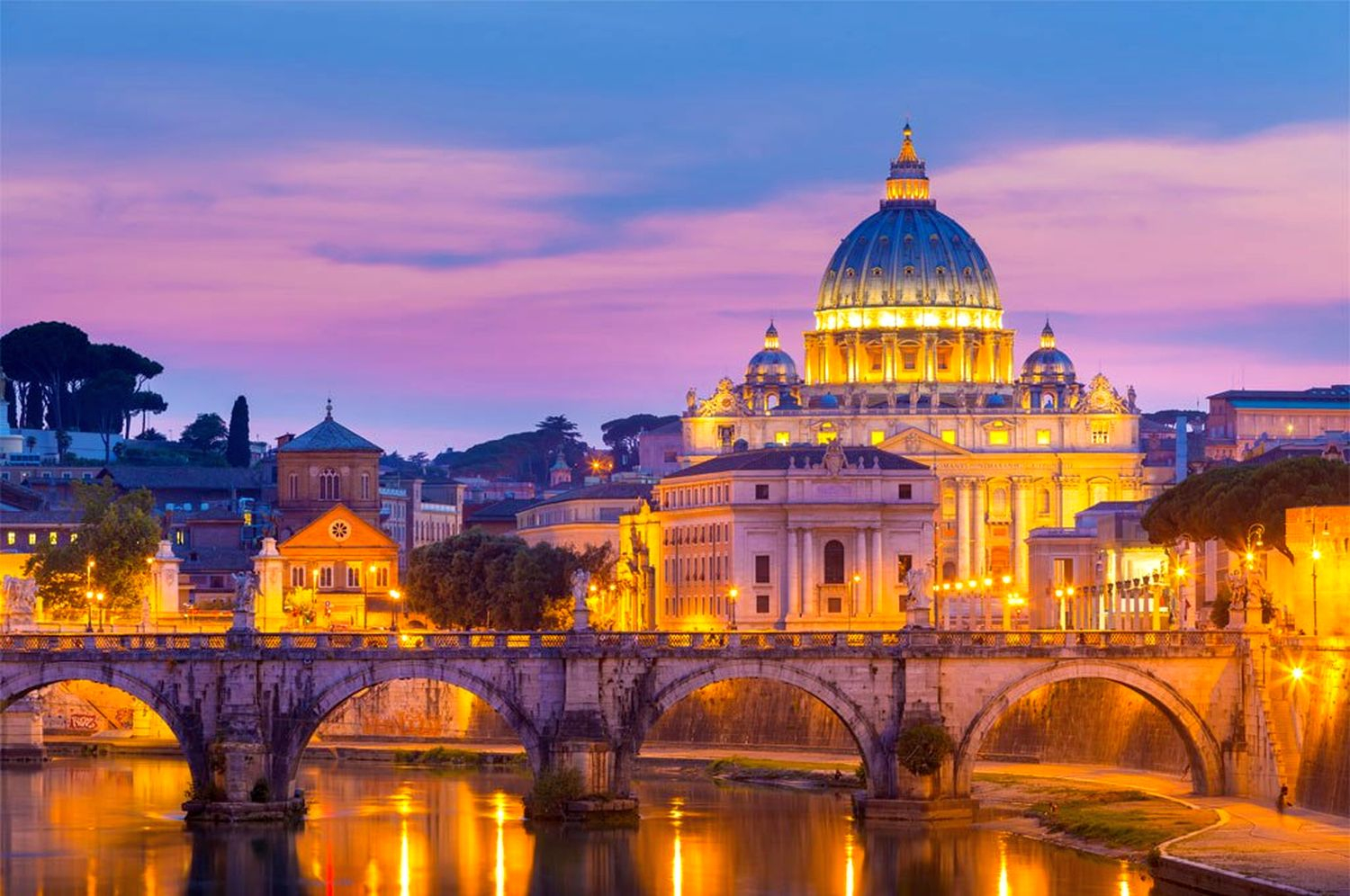

 "Why Study in Italy ?"
"Why Study in Italy ?"
Italy is one of the Europe’s most complex and alluring destinations. A modern industrialized nation with an artistic and architectural legacy that few other countries can rival, it’s also a Mediterranean country with a southern European sensibility, where traditional attitudes still prevail.
Italy has played an important role in European higher education: it is one of the four countries that first engaged to create the so-called "European Area of Higher Education" (Sorbonne Declaration, May 1998), thus starting that type of higher education reform which, known as "Bologna Process" (Bologna Declaration, June 1999) is being implemented all over Europe.
 "Study abroad programs in Italy"
"Study abroad programs in Italy"
Today Italy ranks among the 8 most industrialized countries in the world. Alongside some big companies, both state-owned and private, it has developed a sound network of small and medium-sized undertakings, promoted a few scientific parks, and are incentivizing basic and applied research in a great variety of fields (biology, ICT, medicine, physics, etc.).
Study abroad programs in Italy is widely popular and one reason is the historically stellar education offered by the country:Italy is constantly working to improve higher education through reforms. If you are looking for trusted education consultants for Italy in Chennai, Kochi, Coimbatore, Hyderabad or Banglaore, IMTP is you best bet. Contact US or learn more locations.
 "Italian Higher Education System"
"Italian Higher Education System"
a few specific fields (e.g. archiving, diplomatics, restoration, military studies, etc.) which, along with their respective institutions, fall under the supervision of ministries other than that of Education.
Besides Versace, Gucci and Armani, (and Christopher Columbus), Italy has given the world sleek sports cars like the Ferrari, musical instruments like the piano and everyday necessities like eyeglasses. The country has given birth to some of the greatest artists of all time and built some of the most amazing buildings-and its history never bored the rest of the world!